GOD
OF WAR RAGNARÖK - FAN’S CUT: REIMAGINED ENDING
BY AKATSUYA
PREFACE
This is a text-based conceptual design project with occasional visual aids about how the final part (in particular the quests or chapters "The Realms at War" and "Beyond Ragnarök") of God of War Ragnarök. A reimagined version of events unfolding in a more grandiose way.
I am aware that all the ideas I am going to propose below would make everything very compressed and rushed in that short period of time that is the ending. But it was Santa Monica Studio that designed and developed it in such a way. If it were up to me, I would have given more space to develop other things previously. Besides Ragnarök is RAGNARÖK, and it has to be as spectacular and dizzying as possible, from my point of view.
Those are the key elements that I think should have an ending at the height of the God of War saga. Elements that, in my opinion, the ending of this game lacks. Resulting anticlimactic and dull, especially in terms of boss design and narrative conflicts faced by the characters in the outcome, to which their destiny has led them (everything goes too well for the two main protagonists, at no time do they feel threatened, about to lose the battle or their own lives).
While it is true that I am also not ignoring the fact that it is likely that several conceptual ideas I propose would be very complicated or even impossible to realize technically (at least with PlayStation 4 hardware).
That's regarding the ending only. But if you ask me, I personally would have also modified many other basic design aspects of the game that I will list below:
Note: This list, at the reader's preference, can be skipped and go to the point because it comes a lot of text... Let's say it is a side quest, it does not include essential information to enjoy the work, but it is relevant to understand the reasoning of some events. (Continued on page 6)
- The pace and progression are too slow and irregular. Personally, I would have almost completely removed the RPG elements (even though it was inherited from 2018’s God of War). Character progression is overly focused on numbers, stats, leveling up and equipping the best build, instead of pure skill at the controls.
-
Content. They have included too much irrelevant
content. I would dedicate more resources and put more focus on a more
spectacular campaign, on a larger scale and less amount of quests and
possibilities. Don’t bite off more than you can chew.
Perhaps it would have been better to stick to the original plan of making two
more games instead of just one to conclude the Nordic saga. As the events,
besides being hasty, are too many. It is a huge amount of content compressed
into a single game, which does not let certain key points to shine, passing through
others on tiptoe. Two installments, much more direct and concise (basically as
the previous title is), would have been appreciated.
-
I
would get rid of the one continuous shot
camera completely. This feature is the great curse or limitation of this game.
It helped to reinforce the intimacy in the previous installment, with the
camera positioned in such a way that it suited him very well and still managed
to be spectacular at times equally. But the sequel, although it pretends to be
everything at once, is no longer so intimate and wants to tell stories of too
many characters, while being much more epic. In addition, having the camera
always attached to the playable character, you cannot go crazy to do
spectacular things in scale at all levels.
Which limits a lot narratively when it comes to opening up the shot for large
scale moments or showing more characters on screen. Therefore, the final battle
of Ragnarök is when it works against it the most.
And I would like to add
a very personal perception of this. What I have denominated as "theatrical
feel". A very strange feeling that has not happened to me in any other
game that I remember, I must add. It happens in the cutscenes, I perceive as
the characters come out, appear or disappear from the sides or corners of the
screen as if by magic, with poor spatial justification. Causing the feeling
that the environment in which the characters are located is a theater with a
background set, since it is also not very common in this game that the
characters interact with the space in which they are located. There are several
examples, but the most obvious case is precisely in the part of the chapter
"The Realms at War", when Atreus meets Thrúd and suddenly Sif appears
and disappears with Skjöldr from behind a rock. Although it is true that this
already happened in the previous installment of the saga, with Brok and Sindri
appearing and disappearing hiding behind objects. Although in those cases we
could say that it was narratively justified by their magical properties as
dwarves.
In my case, it breaks the immersion and reminds me that they are a bunch of
actors in an empty warehouse wearing mocap suits. I feel that much of the
"blame" for this illusion or sensation is the style in the use of the
camera and the sequence shot. By not being able to make abrupt changes of
shot/countershot in the cutscenes, the characters and stages are very limited
in the space they occupy, creating this sensation.
Note: In spite of all this, I have tried in this reimagining not to break too much with the One-Shot in order to maintain the coherence of the rest of the work. But as you will see, there are quite a few changes of perspective or very wide shots in my drawings. In any case, most of them are made with the intention of helping to understand what is happening in the scene, since they will be static images not animated. So, in some cases, they do not have to represent literally the shot that would be shown in a hypothetical alternative game.
-
Related
to the previous point, it gives the impression that the war that is taking
shape throughout the game, and which is demonstrated in the final conclusion, is on a tiny scale. Both sides do not look
like armies; they are not imposing in numbers. More than a war, it looks like a
brawl between street gangs (hardly a pair of Aesir souls against some Vanir and
Jotnar). It does not create the sensation of an epic feat worthy of the final
battle for the end of the world that is Ragnarök. Partly because of what was
commented above regarding the camera (and because of the technology, I guess,
among other things for having wanted to release the game also on PS4), which
does not allow a large number of NPCs on screen at the same time.
Likewise, it is true that in contrast to the Einherjar who are on the side of
the Aesir to make the whole thing look more massive, there is the alliance with
the elves and the undead. Which, in another order of things, I consider that it
is extremely forced, rushed and poorly justified in the final stretch. Can't
make heads or tails of it. These alliances should have been developed much
earlier in the game. I probably would have given more room for the playable
characters to participate in these negotiations in side quests, instead of so
much side content disconnected from the main plot.
In any case, it would make them last in the war a bit longer, as they drop out
of the equation as quickly as they were introduced. It's a bit strange that,
despite the fact that the protagonists have been left without support from
several armies (and even from Ragnarök, who they also have to take care of and
stop), they emerge victorious almost without a problem despite such a setback
as being extremely outnumbered.
-
Another
thing not resolved regarding its predecessor and that is also related to the
previous point: the world still feels
"dead" in terms of population of NPCs to interact with and meet.
This time there are attempts such as Svartalfheim and Asgard, but it is still
perceived, as I reviewed above, that these people belong to a set and do not
exactly inhabit the same space as the protagonists.
-
Again,
in relation to the last points, I would like to emphasize that it would have
been nice if the Aesir were
perceived more abundant in quantity, adding some other character of the myths
with some prominence (as could be Forseti, Bragi, Váli, Vidar, Ullr,
Hermodr...) that could give more weight to the plot (in which, as you will see,
I have wanted to deal with). In fact, as for Forseti, there is a whole aura of
mystery in this game... Something has happened regarding the character during
the development, as the son of Baldur is mentioned several times in secondary
and even main dialogues (supposedly he was locked in his room
"working" during one of Atreus' visits to Asgard). He is therefore a
canonical character who both inhabits and influences that world in a somewhat
solitary, elusive and mysterious way. It is quite clear that some of his
actions are moderately vital in the plot and he seems to act together with Sif
in their "conspiracies" against Odin.
But her appearance must have been removed at some point in the production,
making those mentions and references a bit strange, confusing and empty. A pity
considering he is related to Freya, with whom he would share mourning and
hatred.
- Thor and almost everything that has to do with the character is wasted or little in-depth about it. A mid-game encounter with him playing Kratos wouldn't have hurt (plus an added bonus in relation to him that you'll have to keep reading to find out...).
-
The
boss problem from the previous game
is half-fixed, as if it were a patch. Now there are not so many trolls... but
there are a lot of different mini-bosses of the style. There is a lack of some
more "God of War style" bosses like Garm or Nidhogg. In addition to
more levels designed as the favour (which is not even main quest but side) 'The
Weight of Chains' with the whale Lyngbakr as the protagonist. Whose level
design is unique in the whole game and of higher quality in general than most.
Clearly, the spirit of the classic saga is missing.
-
It
is possible that I would even consider dropping the entire endgame in order to have creative and narrative freedom when it
comes to a more dramatic or bold conclusion. Although I recognize that this
would modify far too much the design and structure of the original game.
Returning to the content of the project itself, I would like to warn that, as it is logical, I will assume that the readers know most of the relevant events in the videogame. The facts that I skip over or are not too detailed or gaps that seem to be there will usually be because those facts are identical to the original ones in the videogame. So, for optimal reading of this text, I recommend to keep in mind the last two chapters, as I omit quite many relevant dialogues and events, focusing more on the modifications.
Extra Note: I insist on the word
"conceptual". None of the upcoming events referenced should be taken
too literally. Because what they are precisely concepts to get an idea of how
another final result could have been.
Could it be that I have gone crazy in many cases about what the rest of the
game design is and how extremely complex it would be to do some of the things I
am talking about? Most likely yes. But since no such thing is going to be realized
anymore, the limit is the imagination.


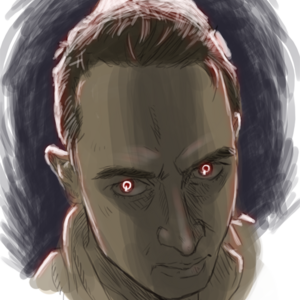
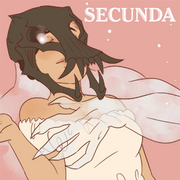
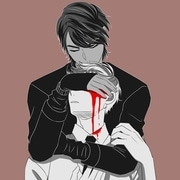
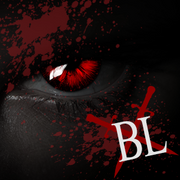

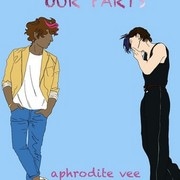

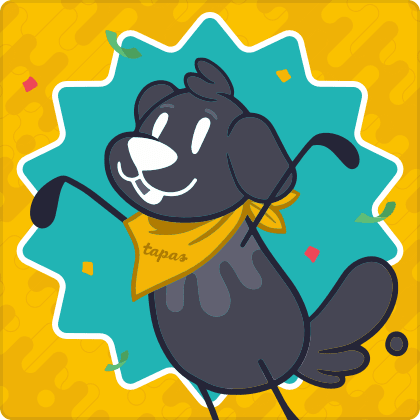
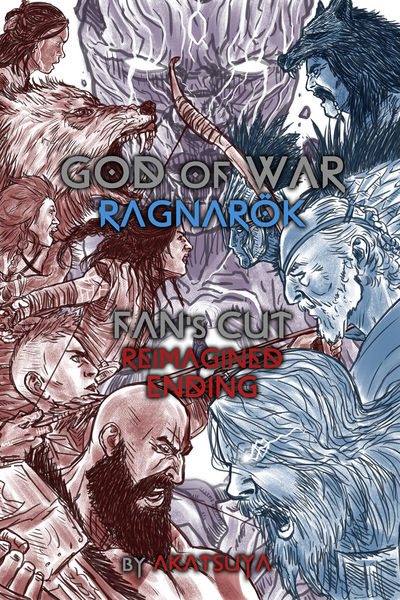
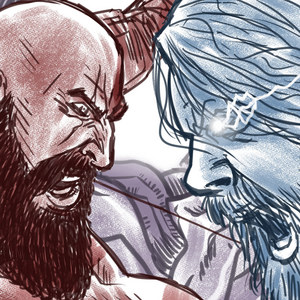
Comments (0)
See all